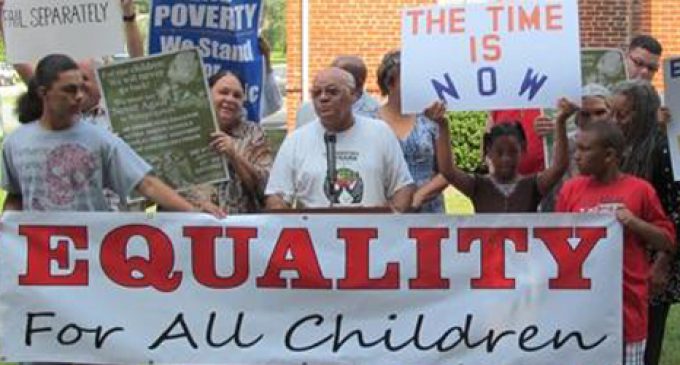UNC report: Segregated N.C. communities lag behind

North Carolina’s racially segregated African American and Latino neighborhoods are more likely to suffer from inequality in living conditions related to housing, environmental justice and equal access to education, according to “The State of Exclusion: An Empirical Analysis of the Legacy of Segregated Communities in North Carolina,” a new report by the UNC Center for Civil Rights.
“We recognized that the same patterns of exclusion were repeating, in denial of water and sewer, exclusion from quality schools, and being burdened with landfills, but our evidence was based on our limited experience with individual communities,” says Peter Gilbert, the author of the study, which was funded by a grant from the Norflet Progress Fund and by Equal Justice Works. “In June 2012, we undertook to do a statewide empirical analysis to determine if these patterns we recognized held true across the state, and whether there were different experiences geographically or based on the race of the community.”
Gilbert and other staff of the UNC Center for Civil Rights studied data from the 2010 U.S. Census to identify potentially excluded communities, beginning with every census block that was at least 75 percent non-white, and then clustered those communities that were contiguous. The study then examined the clusters and measured and mapped the potential for inequality in five areas: environmental justice, voting rights, housing, municipal services and education. Nearly 3,200 clusters were studied.
Of the five areas examined, dramatic disparate impacts were found in three: environmental justice, education and housing. The chances that residents of these predominately non-white neighborhoods lived within one mile of an environmental hazard, such as a landfill or incinerator, or that their closest school was failing or high-poverty, were almost double that of the state averages, according to Gilbert. In the other two measures — infrastructure and political exclusion — there was insufficient data to reach strong conclusions.
In addition to the 44-page report detailing the project’s results, the project’s web site, Inclusion Project, features an interactive map that illustrates the impacts of segregation in communities across North Carolina.












